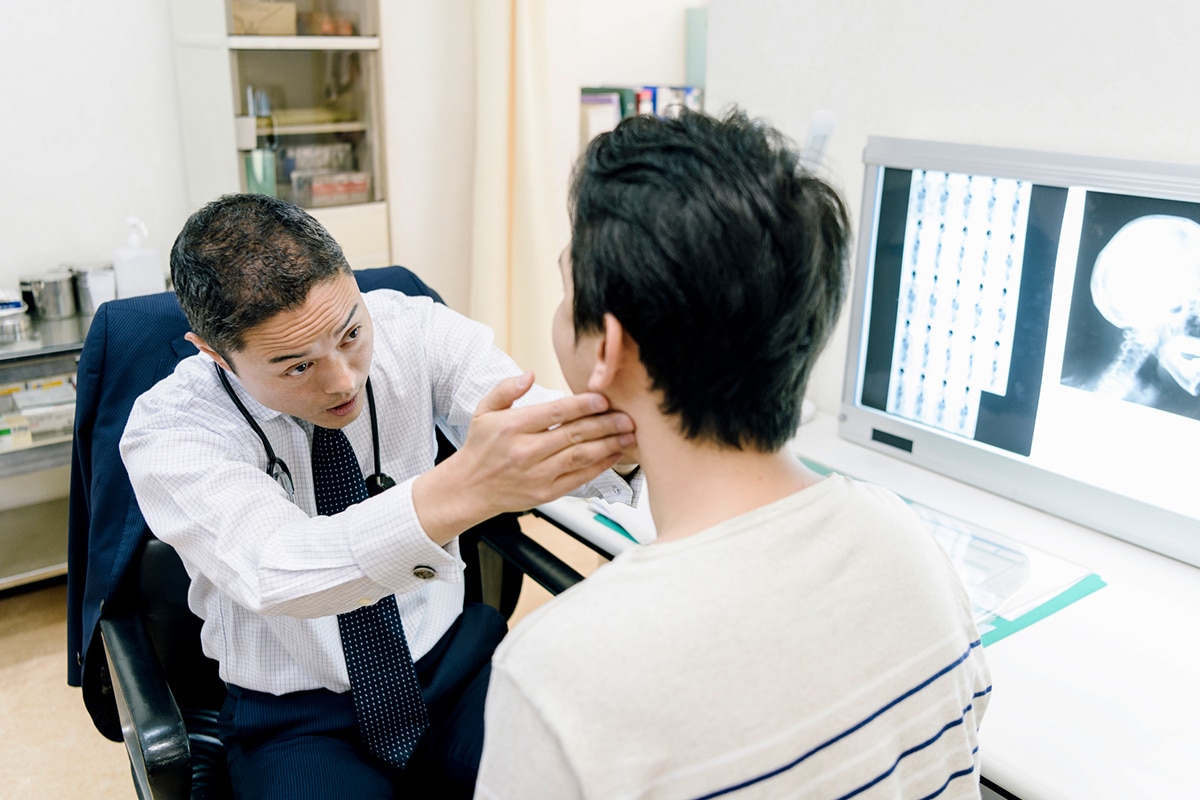
Orthodontic treatment doesn’t just improve the appearance of your smile. In many patients, it also improves their breathing. More and more research is finding links between the shape of the face and jaw, breathing, and sleep disorders. Children and adults who have obstructive sleep apnea can often benefit from airway orthodontics.
Understanding the Connection Between Sleep Apnea and Orthodontics
Sleep apnea is commonly treated with oral appliance therapy that repositions the lower jaw during sleep to keep the airway open. Airway orthodontics seeks to permanently reposition the jaw for optimal breathing using braces and other orthodontic treatments.
Airway orthodontics is most effective in growing children, as airway problems can be identified at a young age and corrected while they’re still developing. If a child has tongue thrust or a thumb sucking habit, we may be able to stop these habits before they cause airway issues. In other cases, a child may already experience airway issues, but because the jaw has yet to fuse, it can be influenced to grow into the proper shape and size.
Signs That Your Child May Have Obstructive Sleep Apnea
Children with learning, behavioral, and emotional problems may be suffering from sleep apnea. The lack of restorative sleep and low oxygen levels can have a significant impact on their overall health. Some of the most common symptoms of obstructive sleep apnea in children include:
- Snoring
- Pauses in breathing during sleep
- Aggressive behavior
- Frequent ear and sinus infections
- Restless sleep
- Mood disorders
- ADHD
- Swollen tonsils
- Narrow jaws
- High blood pressure
- Bed wetting
- Mouth breathing
- Obesity
- Drowsiness
- Enlarged adenoids
- Overlapping incisors
- Facial and jaw deformities
Adults who suffer from sleep apnea have trouble concentrating and performance issues at work. No matter how many hours of sleep they get, they never feel well-rested. Obstructive sleep apnea increases their risk of anxiety, depression, diabetes, high blood pressure, cardiovascular events, and obesity.
Treating Sleep Apnea with Orthodontics
By enlarging the airway, your child’s breathing can be improved. Airway orthodontics begins with careful analysis of the facial structure, teeth, jaw, nasal passages, and sinuses. Often, structural issues result from a restricted airway as the body tries to compensate for the lack of oxygen. Children and adults who need airway orthodontics commonly suffer from mouth breathing, forward head posture, and TMJ disorder as well.
Widening the arches, either with braces or a palate expander, can improve the airway, but ultimately, every patient is different and will receive their own unique treatment plan. Throughout treatment, we will continue to assess the airway to ensure that breathing is improving. In the process of correcting the airway, the position of the teeth and jaw will also improve. The result of airway orthodontics is better health and a beautiful smile.
Learn More About Airway Orthodontics
Do you suspect that you or your child suffers from sleep apnea or other breathing difficulties? If you’d like to schedule an appointment with Dr. Broccoli to learn if airway orthodontics is right for you, contact us today at 978-475-0450.
